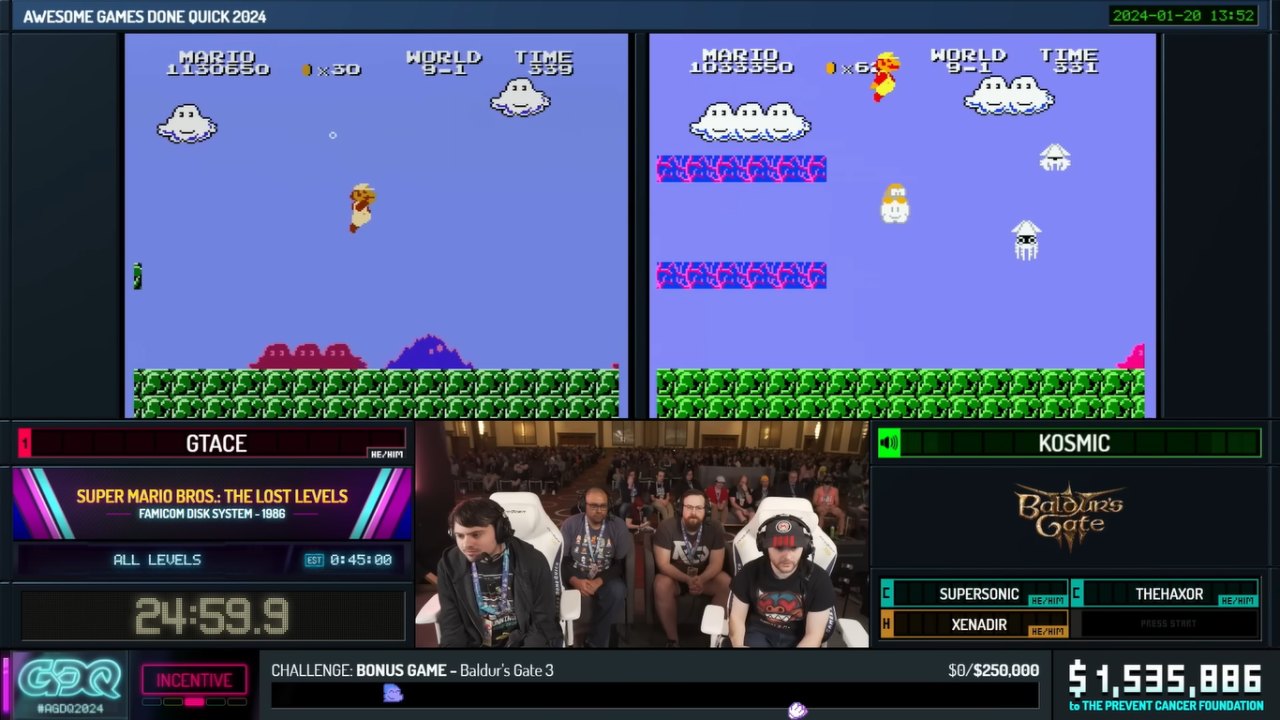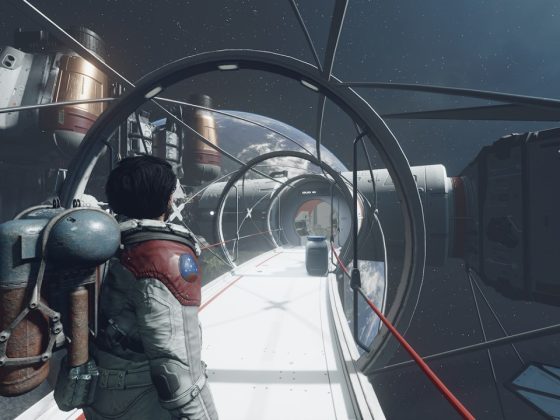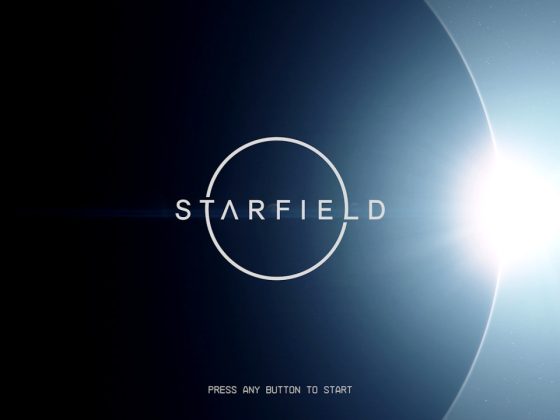If you were to peruse the “early access” section of Steam, you’d find a roster of games fraught with development issues, half-hearted productions, and myriad disappointments. As with many early access games, I purchased The Long Dark with much hope, and even more skepticism. My first few experiences with this game were evocative and nerve-wracking. The game pulled me in like so many others have failed to. The cold wind is a constant companion, and the ever looming threat of wildlife bringing a violent and stealthy end to a run was enough to put me on the edge of my seat. Suffice to say, the game was already thematically gripping.

The few missteps were a definite lack of tutorial and direction, yet as a survival game this made absolute sense. As someone who is no stranger to the outdoors, it made me question my understanding of survivalism on an objective level. The fact is, it made me think, which in my book is a successful objective whether or not that is what the developer set out to do. The persistent need to measure your body temperature against the length of time it takes to perform a basic task like breaking a branch becomes a complex balancing act. You’re damned if you do, and damned if you don’t. Keep moving and forgo the fire and you might never find shelter and become a human rocket-pop; break the branch and earn yourself some valuable tinder for a life giving blaze on which you can boil water, cook food, or sleep. All the while you must avoid hungry wolves, or simply the bite of a frigid wind.

With the full release of the game, Hinterland Studios revealed a story mode to supplement the existing sandbox mode. Wintermute is the first chapter of The Long Dark‘s new narrative. It tells the story of a pilot who flies a puddlejumper through the wilds of Canada. During a perilous flight with a former lover transporting a mysterious briefcase, a blinding flash disables the instruments in the plane. An emergency landing finds Will Mackenzie with shrapnel through his left palm and on the brink of hypothermia. From there, the game slowly teaches you how to nurse yourself back to health, build a fire, and begin the search for your ex-wife, Astrid. Small details like the main characters still wearing their wedding rings despite being separated help develop a rich narrative without beating you over the head with it. Again, The Long Dark strikes gold with a “show-don’t-tell” approach to the narrative.

If you go back to that roster on Steam, the one game you won’t find skulking among the false starts is The Long Dark. Without the perspective of the Early Access, it’s hard to contextualize the actual degree of improvement in the content. The whole thing seems smoother, and more fully realized, which is exactly what makes the game so evocative. But to get there they had to have a meaningful proof of concept, which they certainly did. Developers would do well to take a page out of Hinterland’s book, opting to provide a more comprehensive concept of their game up front and work from that point rather than give an impressive first impression with no backup content. As a consumer, I cherish moments like this. When a game takes a measured approach to launch and thrives, it gives me hope that other companies might follow instead of going for a quick cash-grab. But I suppose that’s why there’s a clear line between Early Access hell and fully launched success story. It’s all about survival.







